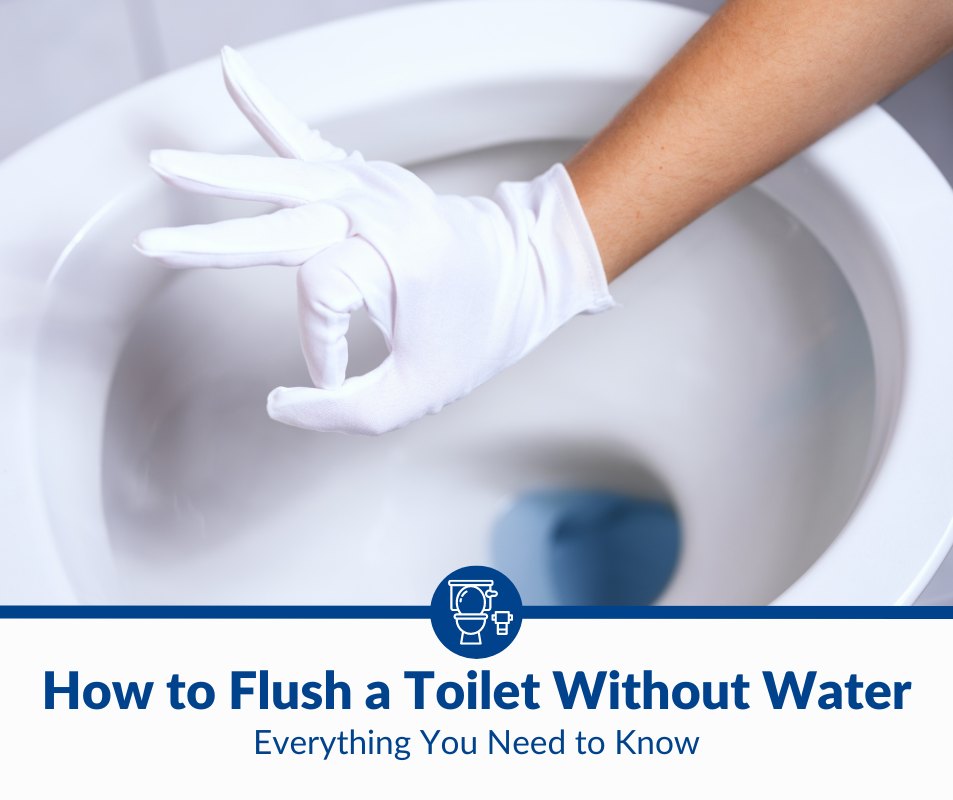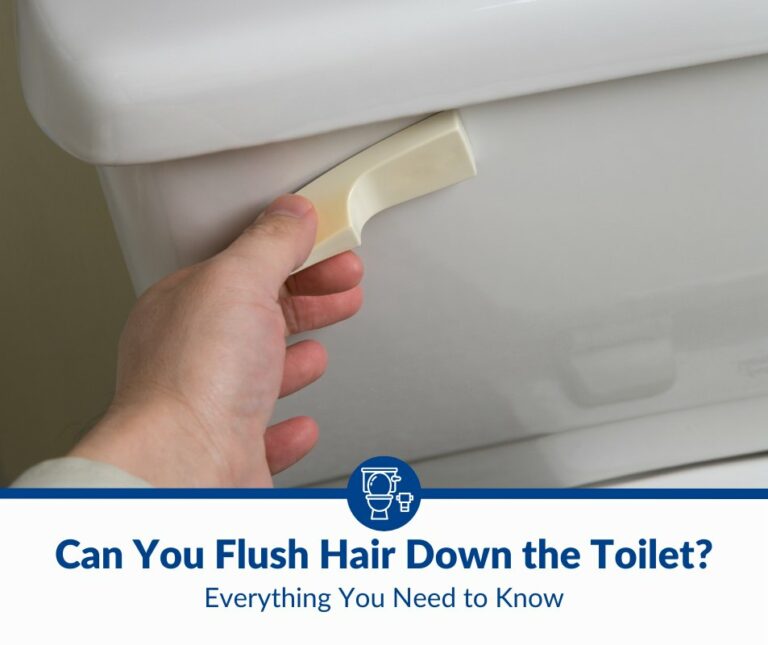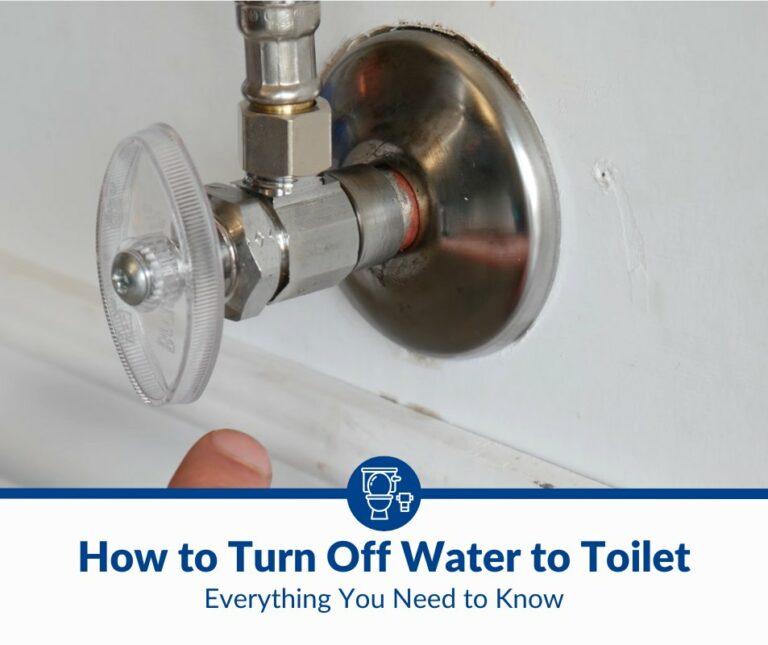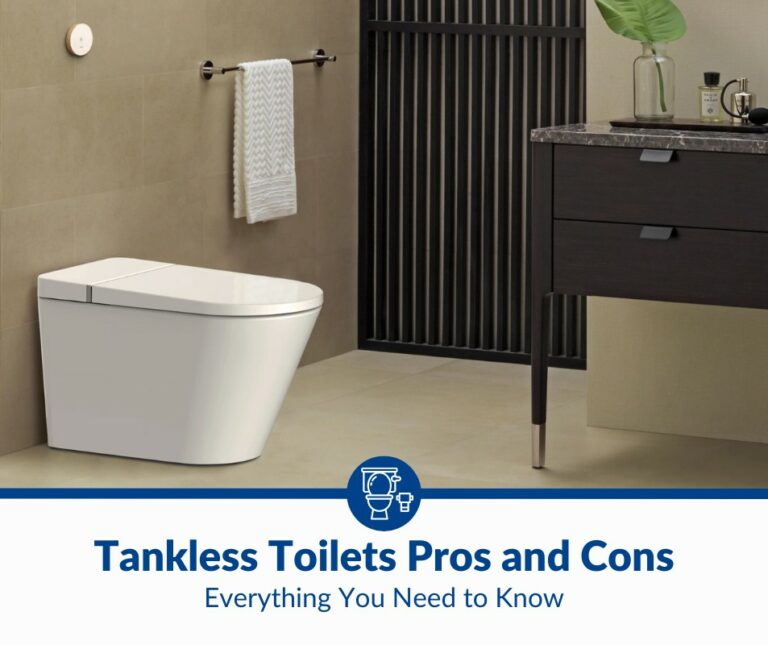How To Flush a Toilet Without Water: The Complete Guide
Have you ever been in a situation where you need to flush a toilet but don’t have any running water? Flushing a toilet without running water in the tank sounds impossible, but it is possible with some simple tips and tricks.
You can use a bucket of water to flush if your toilet bowl doesn’t have any water. If your toilet has a water supply issue, you’ll need a secondary water source to provide enough pressure to flush the toilet. You can also try pouring water into the tank.
These methods can come in handy in emergencies, such as when the water supply gets disrupted or when you are on a camping trip and don’t have access to running water. Read on to learn how to flush a toilet without running water and keep your bathroom clean and hygienic.
1. Use a Bucket to Pour Water Into the Bowl
Flushing a toilet with a bucket of water is common in many parts of the world, especially in rural areas or places without running water. It is a simple and low-cost way to flush a toilet without a traditional flush system.
This method is simple and effective and doesn’t require special tools or supplies, as you only need a bucket of water.
Here are the steps to follow:
- Fill the bucket with enough water to fill the bowl.
- Pour the water into the bowl with enough force to flush the waste.
You might need to do this in several batches, depending on the size of the bucket. If you use enough force, the toilet should flush properly.
Sometimes, you might need to repeat the process if there is still some residue.
2. Pour Water Into the Tank
If you ever find yourself in a situation where no water is available to flush the toilet, pouring a bucket of water into the toilet tank is an easy and effective solution. This is especially true if a faulty water tank is an issue.
The flush works by releasing water stored in the tank with enough force to wash away waste. If the water tank is empty, you can still use your flush by manually filling the tank. Here is how to do so.
- Remove the toilet tank lid and pour a bucket of water into the tank. Pour as much as you need to bring the water level to just an inch below the overflow tube.
- Once it’s full, replace the lid and flush the toilet as normal. The water you filled will release as normal and flush the toilet contents away. You’ll need to refill the tank once again after this.
This method works well if the water tank isn’t filling up on its own or the water supply to your toilet gets disrupted. However, you will need access to a secondary source of water.
Where To Find a Secondary Water Source
You may be trying to save on water costs, living off the grid, or experiencing a water shortage. Knowing where to find extra sources of water will be extremely beneficial if you ever find yourself needing to flush a toilet without running water.
A secondary water source can come in handy for various reasons. There are a few options to consider if you’re looking for a reliable backup water source.
- You can opt for a rainwater collection system. This system involves collecting the extra water from your home’s roof in a tank or cistern, which you can use for non-potable activities like flushing a toilet or watering a garden.
- You can also look into existing water sources in your area, such as rivers, lakes, or canals. Just be aware that water from these sources may need to be purified before you can use it for drinking or washing.
- You can look into alternative water sources, such as greywater or recycled wastewater. While these options may not be suitable for drinking, you can use them to flush a toilet without using any water from the municipal supply.
Other alternatives include:
- Asking your neighbors
- Melted snow
- Draining a pool or jacuzzi if you have access to one
So, whether you’re looking to save money on your water bills or just want a reliable backup water source, these are all viable options to consider.
3. Fix the Issue With the Toilet
In most cases, if your toilet doesn’t flush, it’s most likely because of a faulty component. These issues can include the following.
- A worn-out toilet flapper
- A clog in the trap
- A problem with the handle and chain
- A blocked rim jet
Of these, a faulty or worn-out toilet flapper is the easiest to fix.
A toilet flapper is a device located in a toilet’s tank that controls the flow of water out of the tank. It is connected to the flush handle with a chain or a cable. Pressing the flush handle opens the flapper, allowing water to flow from the tank into the toilet bowl.
The toilet flapper is an important part of the toilet’s operation, as it prevents water from continuously flowing out of the tank and into the bowl; this helps conserve water and prevents flooding. It is also responsible for ensuring a full and powerful flush.
Over time, the rubber flapper can wear out and prevent water from flowing into the bowl.
In this case, the flapper must either be replaced or fixed. In the meantime, use the following method to flush your toilet.
- Remove the lid from the tank and locate the flapper. It’s a small, round disc, usually attached to the chain.
- Then, use your fingers to pull it up and away from the tank gently. This will manually open the valve and allow the water to flow into the tank.
- Wait for the water to flush away the toilet’s contents.
- Put the flapper back in place and refill the tank.
What Happens When You Flush a Toilet When the Water Is Off?
When you flush the toilet when the water is off, it doesn’t work. Water is essential to regular, gravity-based toilets, so the flush doesn’t work without water. If you press the flush button or lever when the water is off, it can’t flush.
That means the waste remains in the bowl and can start to smell. Additionally, the tank won’t refill since there is no water supply. These issues can cause major problems down the line, including clogging and odor issues.
If the water gets shut off, you should use a secondary water source to flush the toilet’s contents.
Why Isn’t My Toilet Flushing?
It can be frustrating and downright inconvenient if your toilet isn’t flushing properly. There are several potential reasons why your toilet isn’t flushing properly.
1. A Clog
In a clogged toilet, the pressure of the water gets blocked by some other object or waste, preventing it from entering the toilet tank. A clog isn’t easy to fix and can be costly and time-consuming to repair.
Any of the following items can cause a clog.
- A build-up of toilet paper roll
- Wet wipes
- A toy
- Small pieces of material like hair and other debris
If you have a clog in your toilet, you’ll need a plumber to fix it.
2. A Broken Flush Handle
A broken flush handle prevents the toilet from flushing, meaning you cannot use the toilet as normal. This can be a major inconvenience, leading to blockages, odors, and other problems.
Fortunately, in most cases, you can easily fix a broken flush handle by replacing the handle, chain, or cable. However, it’s important to first identify the cause of the problem, as some causes may require more complex repairs.
3. Low Water Pressure
Low water pressure can prevent the tank from filling up with enough water to adequately flush the toilet, leaving you with a clogged toilet. To ensure your toilet is flushing properly, ensure your water pressure is up to standard.
If not, you may need to install a pressure regulator before making other repairs. In some cases, a blocked pipe can also cause low water pressure, so make sure to check for blockages as well.
4. A Broken Flapper
A flapper is a piece of rubber or plastic located at the bottom of a tank and is responsible for releasing water from the tank into the bowl. When the flapper breaks, water will not be able to flow through, preventing the toilet from flushing.
To repair a broken flapper, you’ll need to turn off the water supply to the toilet, remove the flapper, then replace it with a new one. Make sure the new flapper is the right size and securely attached, then turn the water back on and flush the toilet to check that it works correctly.
5. A Blocked Vent Pipe
The vent pipe is an important part of a plumbing system and helps maintain the proper air pressure balance in the pipes. Without this balance, the water will not be able to flow out of the toilet.
To find out if a blocked vent pipe is the cause of the problem, check around the toilet for any visible damage. If there is damage, it could be a sign that the pipe is blocked. You may also notice a gurgling or bubbling sound from the toilet when flushed, which is another sign of a blocked vent pipe.
If the pipe is blocked, it will need to be unclogged or replaced to get the toilet flushing again properly.
Conclusion
The toilet is one of the most important parts of your home’s plumbing system, so it’s important to ensure it’s working properly. When you don’t have access to running water, flushing a toilet can be a challenge.
Unfortunately, gravity-based flushes need water to flush. If you don’t have running water or your toilet won’t flush, you can use a secondary water source instead.







